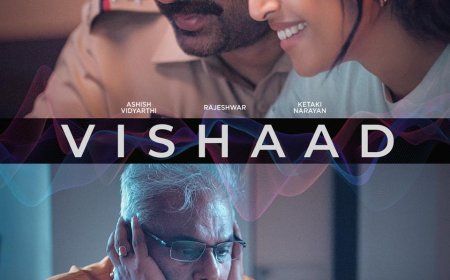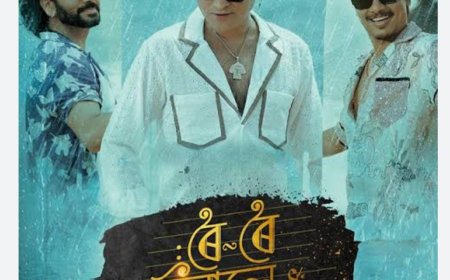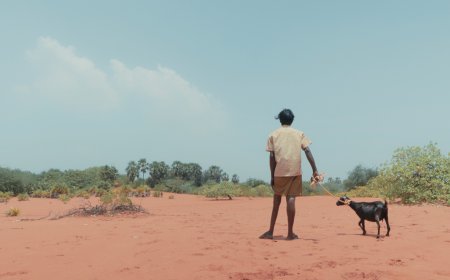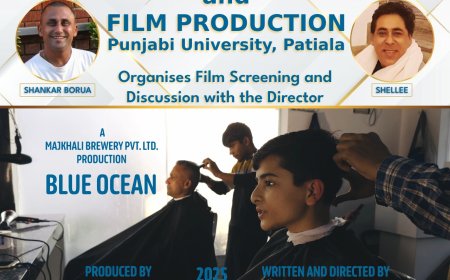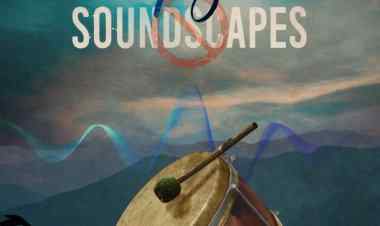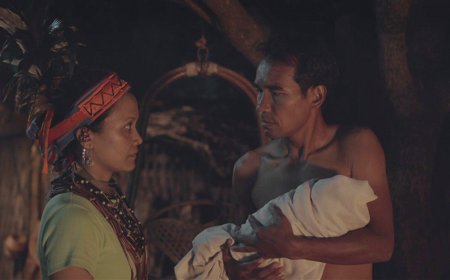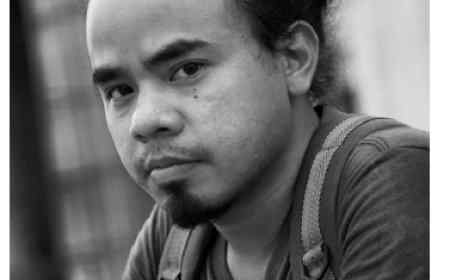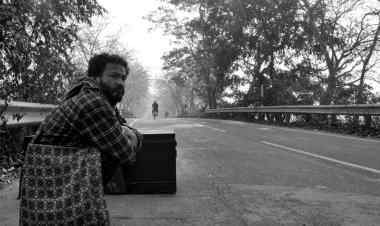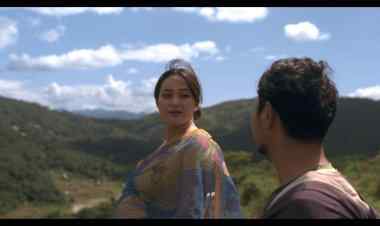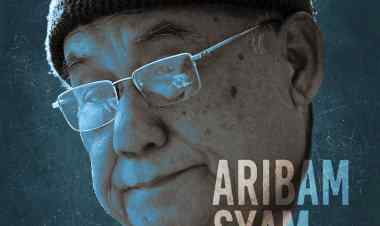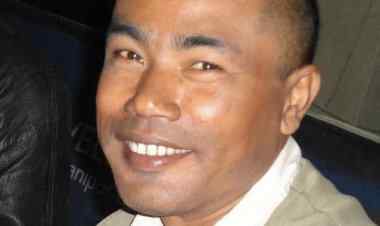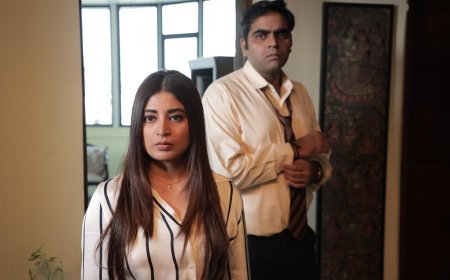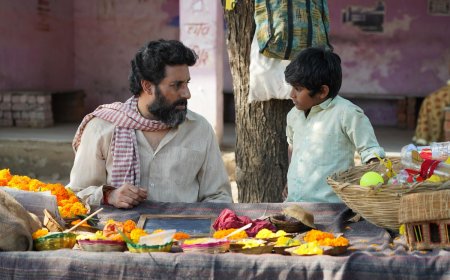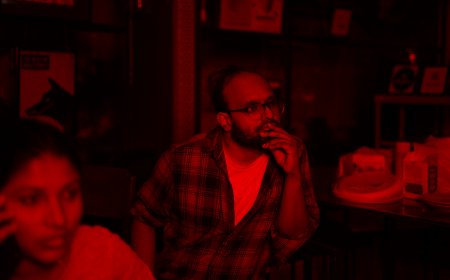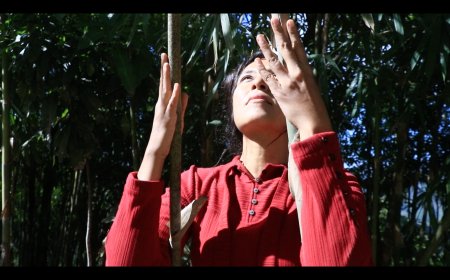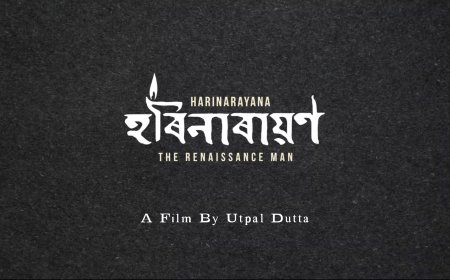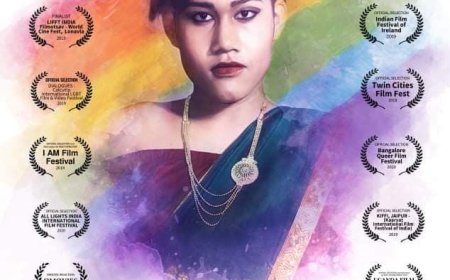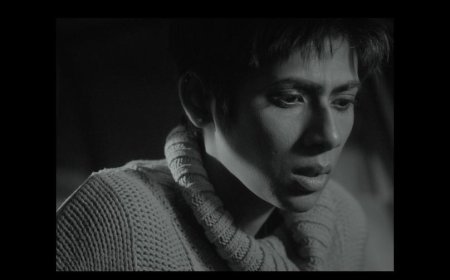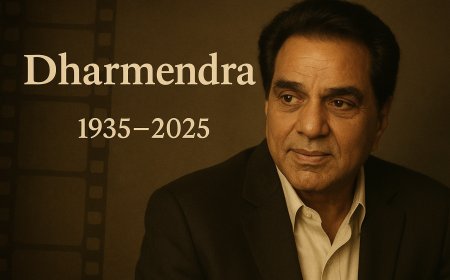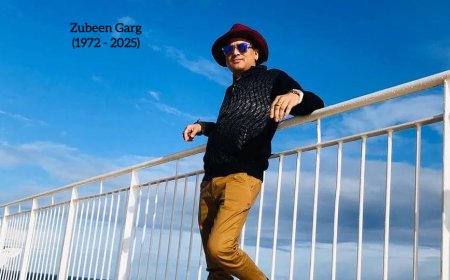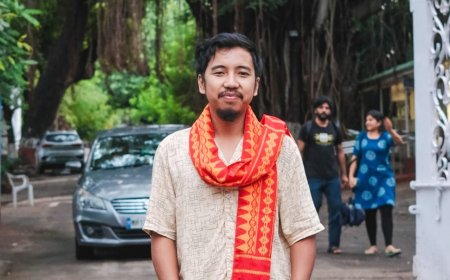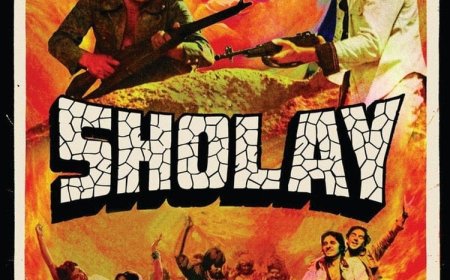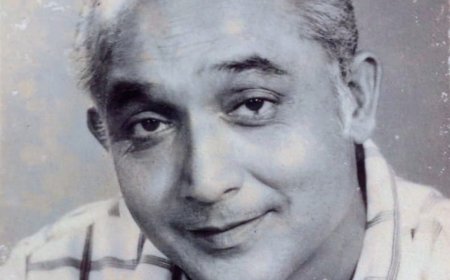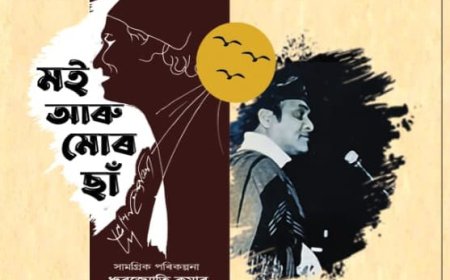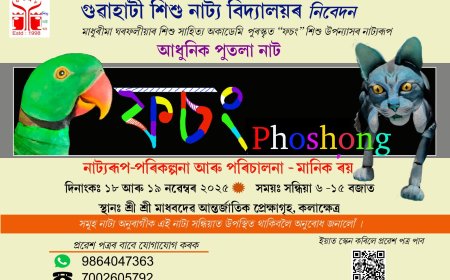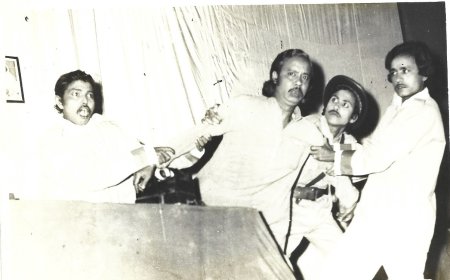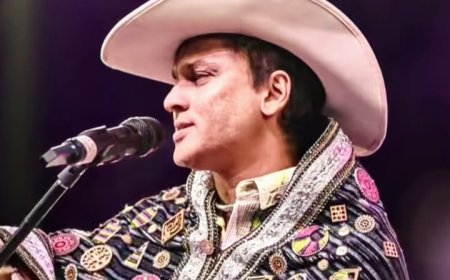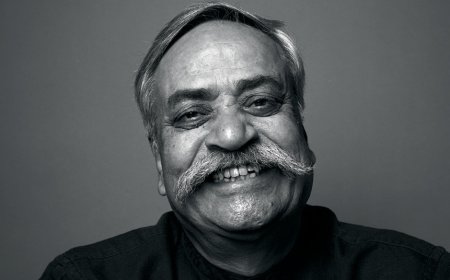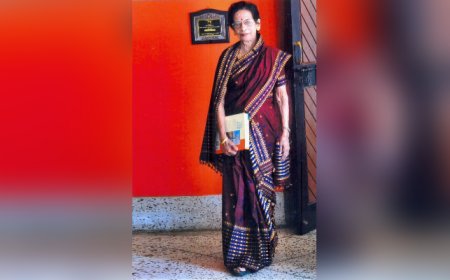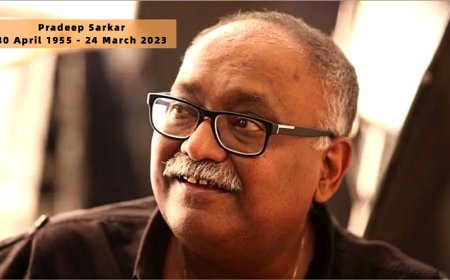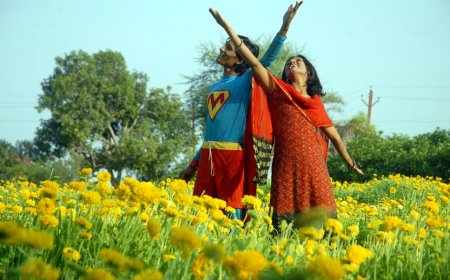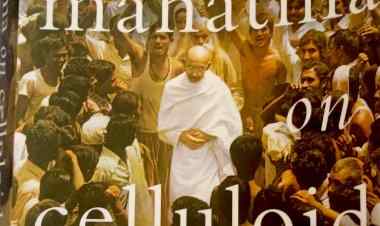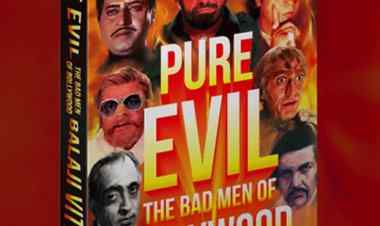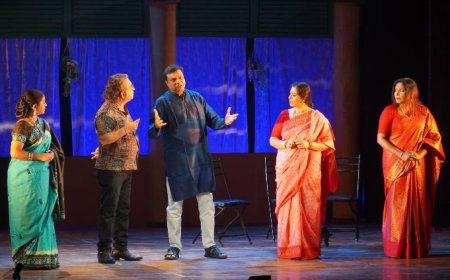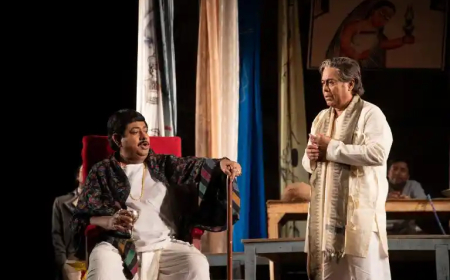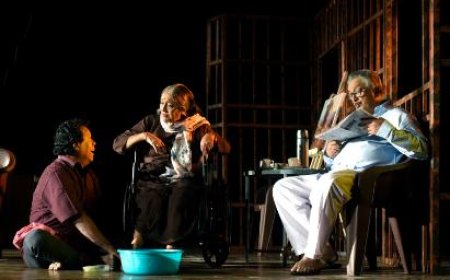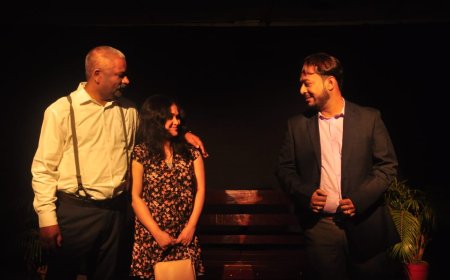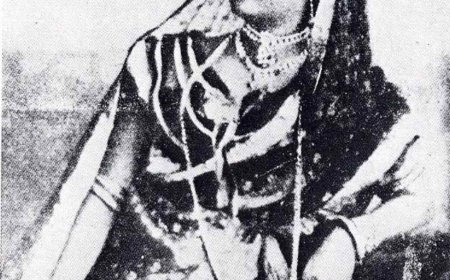In conversation with An Unknown Summer (2023) filmmaker Bhaskar Jyoti Das
Dipankar Sarkar provides an interview based review of Bhaskar Jyoti Das’ documentary "An Unknown Summer"
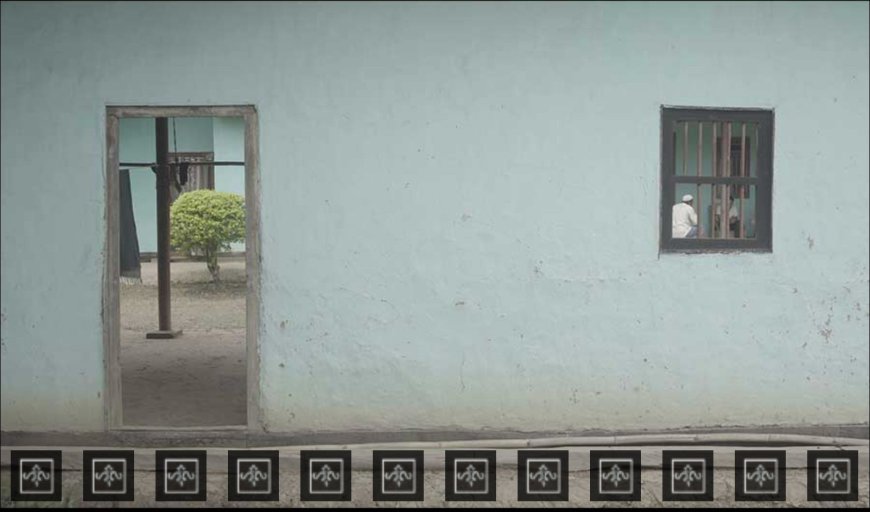
Bhaskar Jyoti Das’ documentary An Unknown Summer, depicts a horrific incident that took place in Manipur more than a decade ago, where a twelve-year-old boy was shot by the security forces of India. The documentary does not offer easy answers or resolutions but rather invites the viewer to reflect on the nature of justice and compassion in a society where most of the victims are its vulnerable members. It is one of those few works of non-fiction that is a film that deserves to be seen and discussed by anyone who cares about human rights and dignity.
Co-produced by noted filmmaker, Utpal Borpujari, An Unknown Summer was selected in the competitive section of the short documentary at the International Documentary and Short Film Festival of Kerala (IDSFFK) 2024.
In this interview, Das narrates his experience of finding the subject for the documentary, his aesthetic choices and his political views.
What motivated you to make a documentary about the unfortunate fate of the young boy Azad?
In 2023, I visited Manipur for another documentary. While looking for work, I reached Azad's house today for some information. But there was silence at the doorstep of Azad's house. It made me feel as if the unfortunate incident which took place in 2009 was still alive. I asked my cameraman to take some stills, thinking they might be useful somewhere. In the meantime, my assistant spoke to Azad's family and explained to me the pain that persists still in their lives even after thirteen years. After a while, things went downhill. Azad's younger brother informed us that for the last thirteen years, they have been asked the same questions by different people for various reasons. Six months after the horrific incident, the family members were in a deplorable state. As I listened to him, it made me feel guilty, and I immediately stopped filming. After talking to us, the family members started crying again. I only had forty-five minutes of footage. I promised his brother that I would tell this story to the whole world one day.
You have approached the documentary with a poetic and thought-provoking treatment. What was the reason behind this choice?
Most of the time we observe an incident in such a way that it avoids a contemplative perspective. As a creative person, I always want to bring up my unique vision to all my projects. I don't believe in the advocacy of propaganda. The murder of Azad is an unfortunate incident and unacceptable in any civilized society. If we question ourselves who should be held culpable for the incident it will be like deceiving oneself with the illusion of justice. And such unlawful practices are becoming so prevalent around the world. The hours I spent in Azad's house were precious. If the treatment of the documentary is reflected poetically and thoughtfully, it has arisen from those moments that I had experienced in the house of the deceased.
Even when the parents of the deceased boy talk about their loss and grief, we don't see them immediately. What was the reason behind your decision to delay their appearance in the film?
I want to extend a special thanks for watching the documentary with such precision. I wish all my work to be examined with such precision. While mistakes are inevitable, the analysis should be honest. In reality, the faces of mothers and fathers who have lost their children look the same all over the world—regardless of religion, caste, or national boundaries. The tears in Azad's mother and father's eyes are so heartbreaking that it is unbearable for me to witness, and likely for many others as well. That is why, in the film, they are given considerable screen time. Keeping in harmony with the narrative, as the parents speak, the use of the red thread symbolizes the universal experience of grief and loss that transcends cultural differences.
Could you talk about the sound design of the documentary?
Sound plays a very crucial role in films unless it is silent by design or choice. When we perceive an image, sound is immediately generated in the brain, and the heart processes it. It is a psychological process that contributes to our comprehension and emotional response to a particular image. I used this general principle for the sound design. We made an effort to use sound while taking precautions to avoid disturbing the images with unnecessary noises. The success or failure of this approach can only be assessed if one has a good understanding of how to use sound in films. So, we have used sound in the documentary to bring the realistic nature of the scene to life. Since the images in the documentary were a combination of sadness and pain, our initial design idea was to make the audience feel these emotions intensely.
Under the present scenario of Indian politics, how relevant is it to address the issue of the draconian Armed Forces (Special Powers) Act of 1958 as part of the national conversation?
The Armed Forces (Special Powers) Act of 1958 was previously implemented for the country's benefit. But its current implications have flaws. There have been instances of misuse and vested interests influencing the enactment of this Act. While it may be challenging for an ordinary citizen to present concrete evidence. However, a creative perspective might offer a different viewpoint on such crucial concerns.
Share your thoughts on being selected for the competitive section of short documentaries at IDSFFK 2024.
This is my second film to be featured at IDSFFK, and the first film to be included in the competition category. IDSFFK is one of the few significant Indian film festivals today. Many film festivals have recently become platforms to propagate propaganda and prioritise issues and ideologies over creative excellence. But since its inception IDSFFK has stayed true to its purpose, making it a dedicated platform for producing quality work.
*****
What's Your Reaction?







